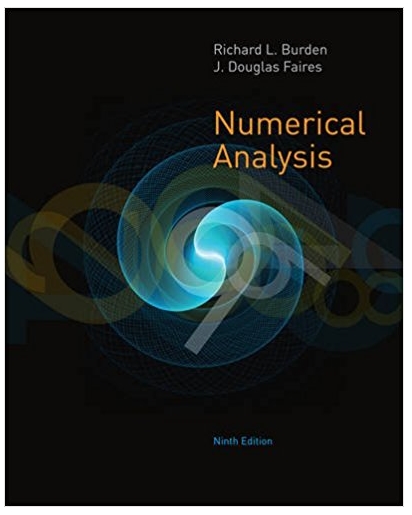Answered step by step
Verified Expert Solution
Question
1 Approved Answer
Consider the following contingency table. B B c A 26 23 A c 26 25 a. Convert the contingency table into a joint probability table.(Round
| Consider the following contingency table. |
| B | Bc | |
| A | 26 | 23 |
| Ac | 26 | 25 |
| a. | Convert the contingency table into a joint probability table.(Round your intermediate calculations and final answers to 4 decimal places.) |
| B | Bc | Total | |
| A | |||
| Ac | |||
| Total |
| b. | What is the probability thatAoccurs?(Round your intermediate calculations and final answer to 4 decimal places.) |
| Probability: |
| c. | What is the probability thatAandBoccur?(Round your intermediate calculations and final answer to 4 decimal places.) |
| Probability: |
| d. | Given thatBhas occurred, what is the probability thatAoccurs?(Round your intermediate calculations and final answer to 4 decimal places.) |
| Probability: |
| e. | Given thatAchas occurred, what is the probability thatBoccurs?(Round your intermediate calculations and final answer to 4 decimal places.) |
| Probability: |
| f. | AreAandBmutually exclusive events? | ||||
|
| g. | AreAandBindependent events? | ||||
|
Step by Step Solution
There are 3 Steps involved in it
Step: 1

Get Instant Access to Expert-Tailored Solutions
See step-by-step solutions with expert insights and AI powered tools for academic success
Step: 2

Step: 3

Ace Your Homework with AI
Get the answers you need in no time with our AI-driven, step-by-step assistance
Get Started


